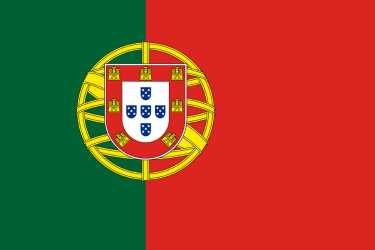

The best time to visit Corvo Island is from May to October, when weather conditions are milder, flights are more reliable, and the island is at its greenest. Birdwatchers flock here in autumn (September–November) for rare migratory sightings, while hikers and nature lovers enjoy summer for clear skies and panoramic views. Spring brings blooming wildflowers and solitude.
Due to the island’s isolation, winter months can be wet, windy, and foggy, with limited transportation. For adventurers seeking solitude, though, it’s a peaceful time to experience the island without a soul in sight.
Do you need a visa to visit the island?
No visa is required for citizens of the EU, US, UK, Canada, Australia, and New Zealand for short stays under 90 days. Since Corvo is part of Portugal, Schengen visa rules apply for other international travelers.
What is the best way to get to the island?
Fly to Ponta Delgada (São Miguel) or Horta (Faial) in the Azores, then take a regional flight to Flores Island. From Flores, hop on a short 15-minute flight or 40-minute ferry to Corvo. Keep in mind that weather often disrupts flights and ferries, so build flexibility into your travel plans.
Should I rent a car on the island?
Not necessary. Corvo is tiny—you can walk the entire island in a day or two. There are a few local taxi services and quad bike rentals for those who prefer a lift to the Caldeirão.
Is the island wheelchair accessible?
Accessibility is limited. Vila do Corvo has some paved streets and ramps, but most of the island’s natural attractions, including the crater, require walking on uneven terrain. Confirm with accommodations in advance.
What are the island’s most famous landmarks?
The showstopper is Caldeirão, the massive volcanic crater in the center of the island. Other must-sees include Cara do Índio (the Indian Face rock formation), wind-swept coastal cliffs, traditional stone houses in Vila do Corvo, and the island’s tiny church, Igreja de Nossa Senhora dos Milagres.
What are the best outdoor activities on the island?
Hiking the Caldeirão, birdwatching (especially during migration), coastal walks, and stargazing. With minimal light pollution and wild terrain, Corvo is a paradise for adventurers and nature lovers.
What is unique about the island’s wildlife?
Corvo is a birdwatching mecca, especially in autumn. Migratory birds from both North America and Europe make landfall here—some rare and accidental, making Corvo a hotspot for international birders. The island also has wild cows, hedgehogs, and native flora that thrive in the crater.
What traditional foods should you try on the island?
Food is simple, rustic, and deeply Azorean. Try fresh fish stew (caldeirada), homemade cheeses, sweet bread (massa sovada), and local honey and jams. There’s only a handful of restaurants, but they serve authentic island comfort food.
Can you drink tap water on the island?
Yes. Tap water on Corvo is clean and safe to drink, coming from mountain springs and local reservoirs.
What is the nightlife like on the island?
There isn’t really nightlife in the traditional sense. Life in Corvo winds down with the sunset. Expect quiet dinners, a glass of wine by the harbor, or chatting with locals at the only café. It’s the perfect place for night skies and silence.
How can I stay connected to the internet on the island?
Wi-Fi is available in most guesthouses, the town hall, and a few cafés. Mobile signal is available, but may be weak in parts of the island. Don’t expect fast streaming, but you’ll be able to message and check emails.
What are some local souvenirs to bring home?
Souvenirs are humble and handmade—look for embroidered linens, traditional Azorean ceramics, local honey, and small bottles of island liqueur or wine from Corvo or nearby Flores.
